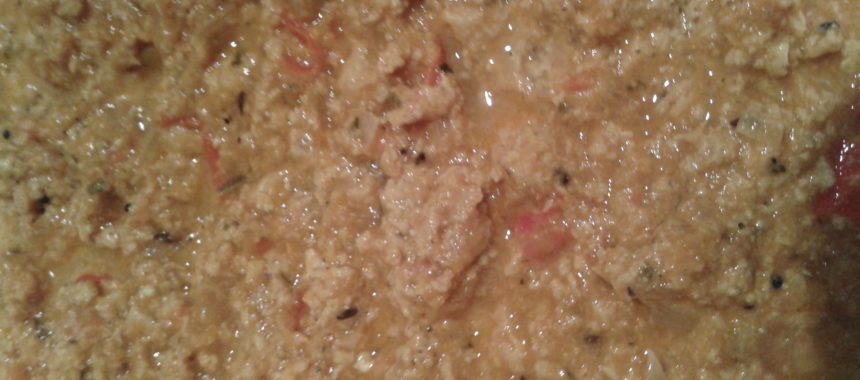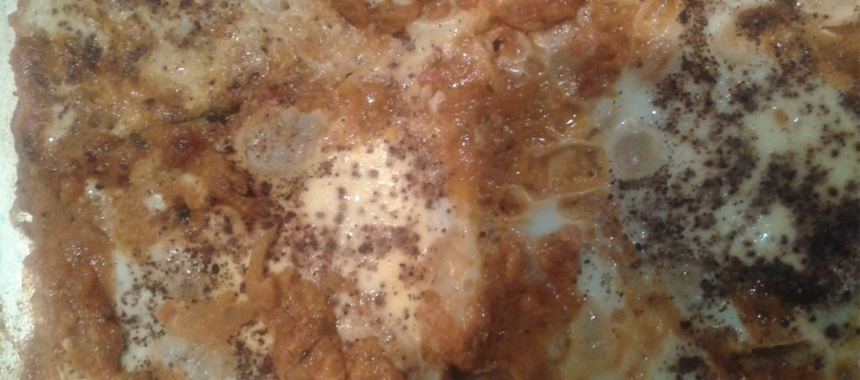To every mother, the lactation period, when she fosters her child with her own milk, is a unique boon granted by God. But some women fail to avail such a good opportunity due to misconception about breast feeding. Breast feeding binds more closely the mother and child and imbibes the relation with deep emotion and love.
The breast undergoes many changes during pregnancy, they increase in size by about 2-3 inches, the areola becomes darker and deep striates appear as red or purple streaks, where the subcutaneous fat has split. Successful infant feeding requires cooperative function between the mother and baby commencing with initial feeding experience and continuing though out the child’s period of dependency. Mothers who are tense, anxious and irritable are liable to experience more difficulty in the feeding relationship. Most healthy infants want 6-9 feeds per day till end of first week of life.
Advantages of breast feeding to mother:
Breast feeding enhances maternal and infant bonding.
Breast feeding is the natural and ideal way feeding the infants.
The infant, nursing at the breast causes he uterus to contract and bleeding is stopped gradually.
The contraction of the uterus helps to expel any portion of the placenta which may still remain following delivery.
It also stops the mother from hemorrhaging.
Those who fed their baby as long as possible are protected from breast cancer.
Nutrition during lactation:
As in the case of pregnancy, diet plays an important role in the recoupment after the child birth. For healthy woman recoupment after child birth poses no problem. The diet of the mother for the first two days after confinement should consist of only fresh juicy fruits with some warm milk. Wheat bread may be given next day. The diet may thereafter be extended gradually until it approaches the prenatal diet. Lactation diet should be rich in fluid, especially milk and fruits juices that enhances milk secretion. Essentially, no food should be withheld from the mother’s diet unless it causes distress to the infants.
Requirement of nutrients during lactation period
| Nutrients | Sedentary worker | Moderate worker | Heavy worker |
|---|---|---|---|
| Calories [kcal] | 2600 | 2900 | 3700 |
| Protein [gm] | 65 | 65 | 65 |
| Calcium [mg] | 1.5 | 1.5 | 1.5 |
| Iron [mg] | 60 | 60 | 60 |
| Vitamin-A, Retinol [µg] | 1150 | 1150 | 1150 |
| β-carotene [µg] | 4600 | 4600 | 4600 |
| Thiamine [mg] | 1.4 | 1.5 | 2.1 |
| Riboflavin [mg] | 1.4 | 1.6 | 2.1 |
| Nicotinic acid [mg] | 18 | 20 | 25 |
| Ascorbic acid [mg] | 80 | 80 | 80 |
| Folic acid [µg] | 150 | 150 | 150 |
| Vitamin-B [µg] | 1.5 | 1.5 | 1.5 |
| Vitamin-D [I.U] | 200 | 200 | 200 |
ICMR is recommended additional allowance to lactating women to that of normal allowance.
Calories:
It has been estimated that the efficiency of conversion of diet calories of human milk is only 60%. On this basis, production of 420 ml of breast milk will need 700 diet calories. The ICMR recommended an additional allowance of 700 kcal, during lactation.
Protein:
For the production of 7.2 gm of milk protein, about 14.4 gm of dietary protein will be required. ICMR additional recommended allowance per day is 20 gm.
Calcium:
The quantity of calcium present in 600 ml of human milk is 205 mg. ICMR additional recommended allowance is 500 to 600 mg per day.
Vitamin-A:
The quantity of vitamin-A present in 600 ml of human milk is 300µg. ICMR additional allowance is 400µg of vitamin-A.
Thiamine, riboflavin and nicotinic acid:
Additional calorie requirement, during lactation are 700 kcal. The extra requirements of thiamine, riboflavin and nicotinic acid to meet the needs of extra calories will be 0.3 mg, 0.4 mg and 4.6 mg per day respectively. ICMR additional allowances are, 0.4 mg of thiamine, 0.4 mg of riboflavin and 5 mg of nicotinic acid.
Folic acid and vitamin-B12:
The quantities of folic acid and vitamin-B12 present in 600 ml of human milk will be 6µg and 0.14µg respectively. ICMR additional allowances are 50µg of folic acid and 0.5µg of vitamin-B12.
It must be realized that the well-being of the infant depends to a considerable extent on the diet of its mother during pregnancy and lactation. The nursing of child makes extra demands on the mother and her requirements of protein. Vitamins and minerals are increased in consequences. The extra protein can be obtained by substitution of a portion of cereals in the diet by more pulses, milk, meat, fish, eggs and this would also ensure the necessary additional supply of minerals.
Balanced diet for lactating woman
| Food stuff | Sedentary worker | Moderate worker | Heavy worker | |||
|---|---|---|---|---|---|---|
| Vege | Non-vege | Vege | Non-vege | Vege | Non-vege | |
| Cereals | 400 | 400 | 450 | 450 | 575 | 575 |
| Pulses | 70 | 55 | 80 | 65 | 80 | 65 |
| Greens | 150 | 150 | 150 | 150 | 150 | 150 |
| Vegetables | 75 | 75 | 75 | 75 | 75 | 75 |
| Roots | 50 | 50 | 75 | 75 | 100 | 100 |
| Fruits | 30 | 30 | 30 | 30 | 30 | 30 |
| Milk | 250 | 225 | 275 | 250 | 300 | 275 |
| Fat and oil | 45 | 50 | 50 | 55 | 55 | 60 |
| Sugar | 50 | 50 | 50 | 50 | 60 | 60 |
| Meat/fish | — | 30 | — | 30 | — | 30 |
| Eggs | — | 30 | — | 30 | — | 30 |
Deficiency during lactating period:
There is an increase in prevalence of anaemia in lactating woman with increasing duration of lactation, vitamin-B complex deficiencies glossitis and angular stomatitis are also higher in these women with long duration of lactation. Vitamin -B complex group are involved in milk production and also get excreted in milk. Duration of lactation, quality of breast milk and inadequate dietary intake are closely associated with occurrence of anaemia and vitamin-B complex deficiencies. Lactation does exert a deleterious effect on maternal status.
Lactation prolongs postpartum amenorrhea (menstruation) by about six months with corresponding increase in inter-pregnancy interval. Contraceptive effect of lactation in most obvious in illiterate women, a segment of population that is not readily accessible for contraceptive care. Duration of lactation amenorrhea, it was found correlated with maternal nutritional status.
Insufficiency of milk:
The main reasons for insufficiency of milk are adequate emptying of the breast, genetics factors, worry and fatigue, high fat diet taken by mother. Tradition of giving large quantity of ghee, nuts like almonds etc does not improve milk secretion.
There are certain conditions when breast feeding is not advised. These are when the mother is suffering from TB, heart disease, thyroid problems, chronic renal disease, diabetes, acute infection, chronic diseases (e.g.cancer) or when mother has acute engorgement of the breast or an abscess.
The foods to be avoided during breast feeding:
Avoid coffee, because the caffeine may pass through milk to the baby from the mother which is bad to the baby. At the same time avoiding egg is good as it may cause allergy to the baby. Alcohol doesn’t enter the milk. Smoking reduce milk secretion. Aspirin – based drugs are not recommended. Penicillin may causes allergy, anemia and damage baby’s teeth by entering the milk.
So the best food for infants is breast milk. This statement is unquestionably true. It is less likely to be contaminated. Baby is being nourished in natural way from mother’s breast and no further attention is necessary to mother and infant. If the infant is to thrive on breast milk, it must receive regularly enough breast milk of good quality.





